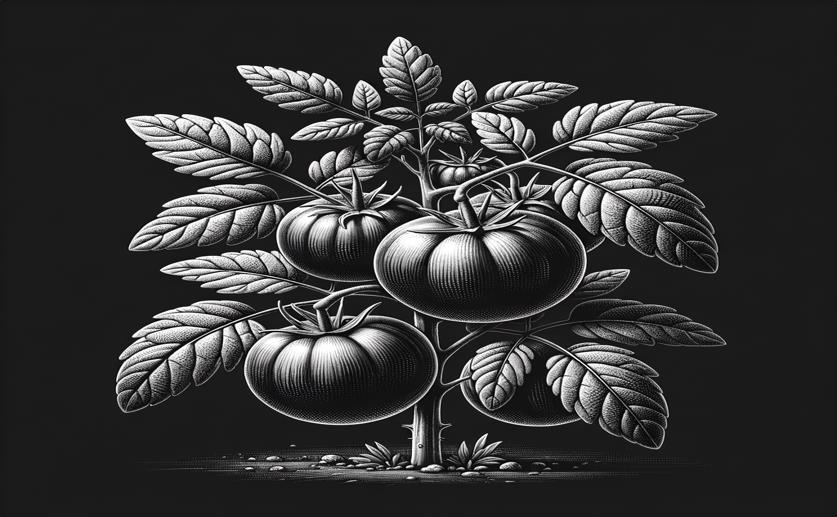
Analysis of Tomato Plant Extracts Unveils New Compounds in the Nightshade Family
Jim Crocker
8th August, 2024

Image Source: Natural Science News, 2024
Key Findings
- Researchers at Universidade Federal de Viçosa studied the wild tomato, Solanum habrochaites, for natural pest control solutions
- They identified long-chain hydrocarbons, fatty acid esters, and methyl ketones in the plant's extracts
- These bioactive compounds could help develop natural pest control agents, reducing the need for synthetic insecticides
References
Main Study
1) Chromatography of Solanum habrochaites extracts with the first record of the docosanoate, hexadecanoate and octadecanoate ethyls in this plant and in Solanaceae.
Published 7th August, 2024
https://doi.org/10.1590/1519-6984.281628
Related Studies
2) Inhibitory Effect of Sargassum fusiforme and Its Components on Replication of Respiratory Syncytial Virus In Vitro and In Vivo.



 6th August, 2024 | Jim Crocker
6th August, 2024 | Jim Crocker